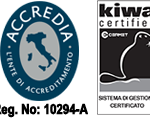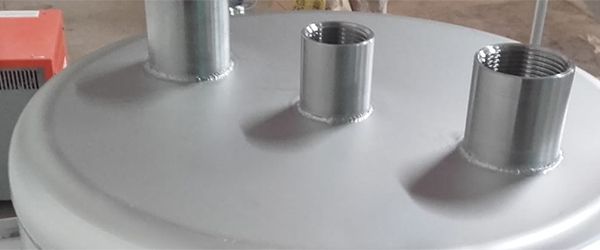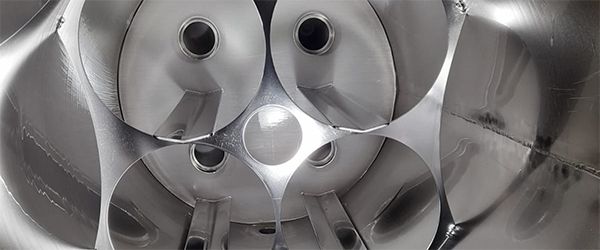Insights and News
Stainless steel treatment
STAINLESS STEELS
Metals and alloys are divided into two subgroups:
– ferrous
– non-ferrous
Ferrous alloys, which are essentially made up of iron-carbon alloys, include steels and cast irons.
By steels we mean a family of iron-carbon alloys containing less than 2.0% carbon and whose properties are mainly determined by the carbon content.
Steels can therefore be classified based on their chemical composition, based on the various manufacturing processes or based on mechanical characteristics or use. If we refer to the chemical composition we can distinguish the steels in:
- carbon-only steels
- alloy steels
If instead we refer to their practical use we can work on five categories regardless of the chemical composition:
- construction steels in general use
- special construction steels
- tool steels
- stainless steels
- special purpose steels
Let’s focus on stainless steels, for which we mean all those iron-chromium or iron-chromium-nickel alloys with chromium contents from 12 to 30% and the percentage of nickel from 0.0 to 35%, and whose main characteristic is resistance to corrosion (stainless).
We have said that the main property of stainless steels is corrosion resistance. This property is due to the ability to passivate in oxidizing conditions, ie the steels are able to form a tough film of oxides on their surface, very thin, microns.
The passive layer on a metal and in particular on stainless steel is formed as we have said on its own, but it takes a certain period of time and suitable environmental conditions; to accelerate this process it is possible to use the electrochemical method or the chemical process .
Electrochemical passivation is rarely used, both for the cumbersome process and above all for the operating costs of the plants, while chemical passivation is a simple and low-cost method.
SURFACE TREATMENTS
Stainless steel has exceptional mechanical and chemical characteristics that make it usable in many fields: livestock, food, pharmaceutical, oil and wine, furniture, etc.
However, its users often give more importance to processing than to finishing treatments, thus neglecting the importance of these steps which are important for restoring the material to its original characteristics of durability and rust resistance.
The treatments that we recommend after mechanical processing are all surface treatments and are: PICKLING, PASSIVATION, ELECTROPOLISHING
It is clear that with the same environment, a pickled, passivated and electropolished product will resist more than another that has not undergone adequate chemical treatment.





